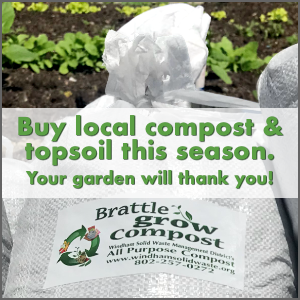Need an excuse to be lazy for a month? I have one for you. No Mow May.
It started in England and is a movement to NOT mow lawns in May, to let dandelions, violets and other plant life have a chance to feed some bees.
Here’s a description:
Mowing your lawn less creates habitat and can increase the abundance and diversity of wildlife including bees and other pollinators. One way to reduce mowing is by participating in No Mow May. No Mow May is a conservation initiative first popularized by Plantlife, an organization based in the United Kingdom, but which is gaining traction across North America. The goal of No Mow May is to allow grass to grow unmown for the month of May, creating habitat and forage for early season pollinators. This is particularly important in urban areas where floral resources are often limited.
They also encourage you to leave a section of your lawn wild and let it grow without any mowing.
Some folks in Springfield MA did a study about optimal mowing intervals:
The results of their study found bee abundance increased when lawns were mown every other week. Mowing every three weeks resulted in more than double the number of flowers available in lawns (mainly dandelions and clover), and increased bee diversity—yet lowered overall bee abundance versus the every-other-week strategy. The researchers hypothesize that, while the three-week mowing cycle left more flowers in the lawn, the length of the competing turfgrasses made the flowers harder to find. Lerman and her colleagues documented a staggering 93 species of bees, with supplemental observations bringing the total number to 111 bee species—nearly a quarter of all bee species native to the area!
The organizers also point out that less mowing means saving water, a lawn more resistant to drought, and reduced emissions from the mower.




